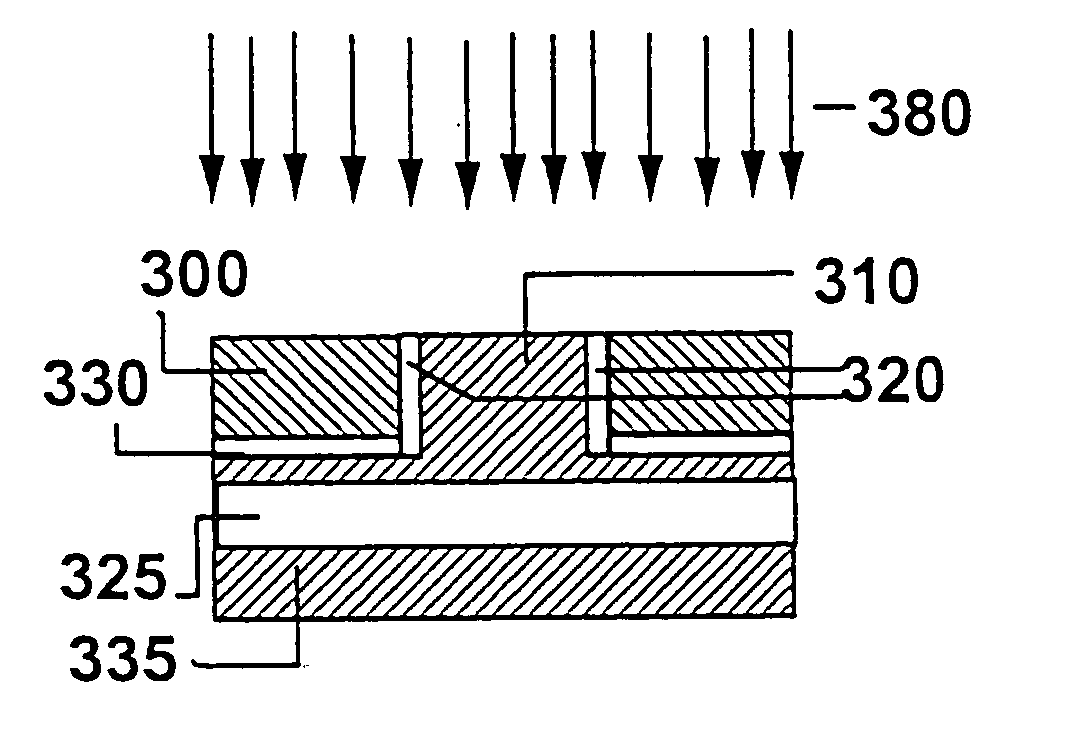Dual SIMOX hybrid orientation technology (HOT) substrates
a technology of hybrid orientation and substrate, applied in the direction of semiconductor devices, basic electric elements, electrical appliances, etc., can solve the problems of significant deformation of electron mobilities on (110) si surfaces, undesirable width of pfets, and inability to adapt to nfet devices, etc., to achieve the effect of improving the performance of each devi
- Summary
- Abstract
- Description
- Claims
- Application Information
AI Technical Summary
Benefits of technology
Problems solved by technology
Method used
Image
Examples
Embodiment Construction
[0045] The present invention, which provides double SIMOX HOT (hybrid orientation technology) substrates, will now be described in more detail by referring to the drawings that accompany the present application. In the accompanying drawings, like and corresponding elements are referred to by like reference numerals. It is noted that the drawings of the present application are provided for illustrative purposes and are thus not drawn to scale.
[0046]FIGS. 4A-4H show, in cross section view, possible initial substrates that can be employed in the present invention. The initial substrates of FIGS. 4A-4H are all planar, hybrid orientation substrates comprising a base semiconductor substrate layer 20 having a first orientation, and one or more top semiconductor layers or regions 300 having a second orientation different from the first orientation. The one or more top semiconductor regions 300 are typically formed by bonding utilizing the procedures described in the '241 application that w...
PUM
 Login to View More
Login to View More Abstract
Description
Claims
Application Information
 Login to View More
Login to View More - R&D
- Intellectual Property
- Life Sciences
- Materials
- Tech Scout
- Unparalleled Data Quality
- Higher Quality Content
- 60% Fewer Hallucinations
Browse by: Latest US Patents, China's latest patents, Technical Efficacy Thesaurus, Application Domain, Technology Topic, Popular Technical Reports.
© 2025 PatSnap. All rights reserved.Legal|Privacy policy|Modern Slavery Act Transparency Statement|Sitemap|About US| Contact US: help@patsnap.com



